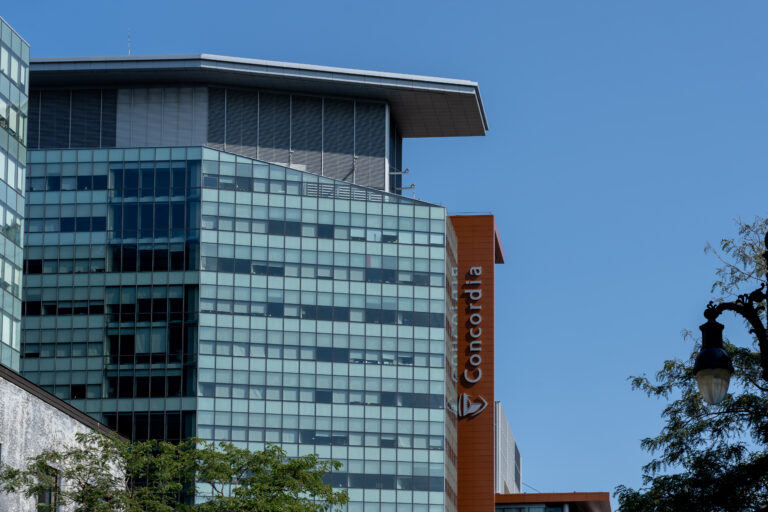A series of virtual Canada jobs fairs in Newfoundland and Labrador will help employers recruit more foreign workers to resolve on-going labour shortages.
“Newfoundland and Labrador employers with an interest in filling their staffing needs with workers from outside of Canada are encouraged to register for upcoming virtual immigration fairs starting in September,” notes Newfoundland and Labrador’s Department of Immigration, Population Growth and Skills.
“These free virtual fairs will be held between Sept. 20, 2023 and March 27, 2024, starting with the East and South East Asia and Oceania regions.”
In the first seven months of this year, , the Rock, as the province is affectionately called, saw an immigration boom of 109.5 per cent compared to the same period last year, with 3,540 new permanent residents for that period.
That makes it the province with the fastest rate of immigration growth in the first seven months of this year compared to the same period in 2022.
Read More Canada Immigration News
Canada Jobs Growth In June Led By Ontario, Nova Scotia And Newfoundland
Immigrate To Newfoundland And Labrador As A Truck Driver: All You Need To Know
Newfoundland To Help Ukrainians Living In The Province Get Housing, Jobs With $11m Funding
The biggest difference for immigration on the Rock has been its Provincial Nominee Program (PNP) which saw growth of 351.6 per cent in its number of new permanent residents in the first seven months of this year, or 1,850 more newcomers to the province during that period than for the comparable one last year.
And the Atlantic Canadian province is bullish on boosting that level of immigration even higher than it already is.
If you are a candidate looking for a Canada job, or an employer looking to recruit foreign talent from abroad, immigration.ca can help. Access our expertise through our in-house recruitment enterprise skilledworker.com, “the leader in foreign recruitment”.
“The Government of Newfoundland and Labrador is committed to continued sustained population growth,” notes its immigration department. “This commitment includes the goal of welcoming 5,100 newcomers annually by 2026.”
Here is a full schedule of upcoming virtual employment fairs.
| Region | Date | Location time | Newfoundland and Labrador Time (NDT) |
| East Asia, South East Asia, Oceania | Sept. 20 | 8:00 p.m. Korea Standard Time | 8:30 a.m. |
| Africa | Oct. 25 | 6:00 p.m. West Africa Time | 1:30 p.m. |
| Europe, Central Asia | Nov. 16 | 7:00 p.m. Irish Standard Time | 3:30 p.m. |
| Middle East, South Asia | Jan. 24 | 6:00 p.m. Gulf Standard Time | 11:30 a.m. |
| The Americas | March 27 | 7:00 p.m. Eastern Standard Time | 8:30 p.m. |
The province has already held an online information session for interested employers earlier this month, on Sept. 6, but any employers who missed it and are interested can still register online here and send any questions they might have to [email protected].
“Virtual fairs offer employers the ability to access an international talent pool to fill vacancies that cannot be filled locally,” notes Newfoundland immigration.
IMP And TFWP Let Foreign Nationals Get Work Permits After Landing Jobs In Canada
“Employers may instantly connect with prospective international candidates, review resumes and schedule interviews. The fairs will focus on certain in-demand sectors in Newfoundland and Labrador, including healthcare, early childhood education, technology, hospitality and more.”
Are you an employer looking to hire foreign workers in Canada? Immigration.ca can help through its sister company, skilledworker.com. We provide a comprehensive recruitment package to help you identify and hire the best individuals from abroad. Contact us now.
International workers who want to fill positions in Canada can get work permits through the Temporary Foreign Worker Program (TFWP) or International Mobility Program (IMP) and, once they have acquired Canadian work experience, often apply for permanent residence here.
A popular immigration program for employers in Newfoundland and Labrador is the Atlantic Immigration Program (AIP).
Video
It’s a pathway to permanent residence for skilled foreign workers and international graduates from Canadian institutions who want to work and live in any of Canada’s four Atlantic provinces, New Brunswick, Nova Scotia, Prince Edward Island and Newfoundland and Labrador.
Foreign nationals hoping to immigrate to Newfoundland and Labrador can also apply under the Federal Skilled Worker (FSW), the Federal Skilled Trades (FST) or the Canadian Experience Class (CEC).
Are you ready to live and work in Canada? Fill out our free evaluation form to find out if you are eligible.
Become the right candidate with the job you always wanted with our online IELTS and EECP packages at skilledworker.com.
We are accepting international entrepreneurs to join our Start-Up Visa projects in Canada. Read more here.










